Katrina’s journey:
Katrina was diagnosed with Stage 5 Wilm’s Tumor on November 24, 2002 at the age of 4. We will never forget that date, where we were, what we did, and what brought us to the Minneapolis Children’s hospital.
Katrina’s little sister, Mariah, was 8 months old when we brought Mariah to a Pediatric Urologist for reoccurring UTI infections. During Mariah’s visit the doctor asked many questions about our family medical history. We shared with the doctor that Katrina had had 1 kidney infection in April, was currently doing the potty dance and on occasion would have an accident. Towards the end of the appointment the doctor decided to do an ultrasound on Mariah’s kidneys. He thought that it would be a good idea for us to have an ultrasound done on Katrina’s kidney too as 1 kidney infection can cause damage. We told him that Katrina was in the waiting room with her grandma. He checked his schedule and said that he had time for both girls. I went to the waiting room to get Katrina. Mariah’s kidneys looked perfect. The ultrasound tech told us that she could not see Katrina’s kidneys very well so we needed to check in at the hospital where the more advanced ultrasound machines are. After that ultrasound, we heard the words no parent wants to hear, your daughter has cancer. Katrina was immediately admitted to the hospital. The following days were a blur.
Katrina underwent 27 weeks of chemotherapy, 3 surgeries and radiation. She handled the treatments well until the last couple of weeks. Her weight become dangerously low so they gave her medication to increase her appetite. Wow, did she eat. She was back to her average weight within 2 weeks. The last 4 chemo treatments were very hard on Katrina’s body. She began to lose muscle tone on her left side. Her eye lid was droopy, she didn’t have much strength in her arms and legs and she got “club foot”. The doctors decided not to administer the last round of chemo. Her surgery went as expected. Following the surgery was radiation. Then we heard the words, “Katrina is in remission”.
Our doctor told us that Mariah saved her sisters life. They will always share a special bond!
Why Katrina is a Gold Ribbon Hero:
She was the strongest and bravest little girl we knew. Many times, Katrina would comfort us when she saw tears in our eyes. She would say, “Mommy and daddy I am going to be okay. The bug in my tummy is going to be gone soon.” Even on the toughest days, her smile would brighten the entire room.
As parents, it was so hard to understand why our daughter had cancer. Why did God choose Katrina? For many years we asked ourselves why was my daughter diagnosed with cancer, we are now able to answer that question with confidence. She was diagnosed with cancer to be the role model of hope for the children and families faced with cancer.
Today Katrina is a 15-year childhood cancer survivor. Katrina never let cancer define her; however, it is a very important part of her life. Every day she sees the scar on her stomach and is reminded of how fortunate she is to enjoy the new adventure each day brings.
Two years ago, Katrina created a personal platform, “Inspire a Golden Journey”, to inspire hope in children and families faced with childhood cancer. Katrina would like the children to realize that even though they may have little control of their disease, they cannot let it define them, and for them to create their own personal golden journey just as she has.
This year Katrina goal was to give back to the community that supported her during her journey with cancer. Katrina raised over $8,000 for the Infusion Center to purchase new chemotherapy chairs. The new chairs will replace the chairs that she sat in when she received chemotherapy. The chairs have heated seats to help control their body temperature, back massage to help relax back muscles, full back recline for patients to sleep if fatigued, trays for food or personal devices along with other features. Her other accomplishments include Painting the Community Gold for Childhood Cancer Awareness month, spoke at a National Lions Convention about her personal experience with pediatric cancer and made 50 activity kits for children in the hospital undergoing chemotherapy.
Katrina is making a difference of the lives of those faced with cancer. This is why we feel Katrina is a Gold Ribbon Hero.
Date of Diagnosis:
11/24/2002
Status:
Survivor
Cancer Type:
Kidney Cancer Stage IV
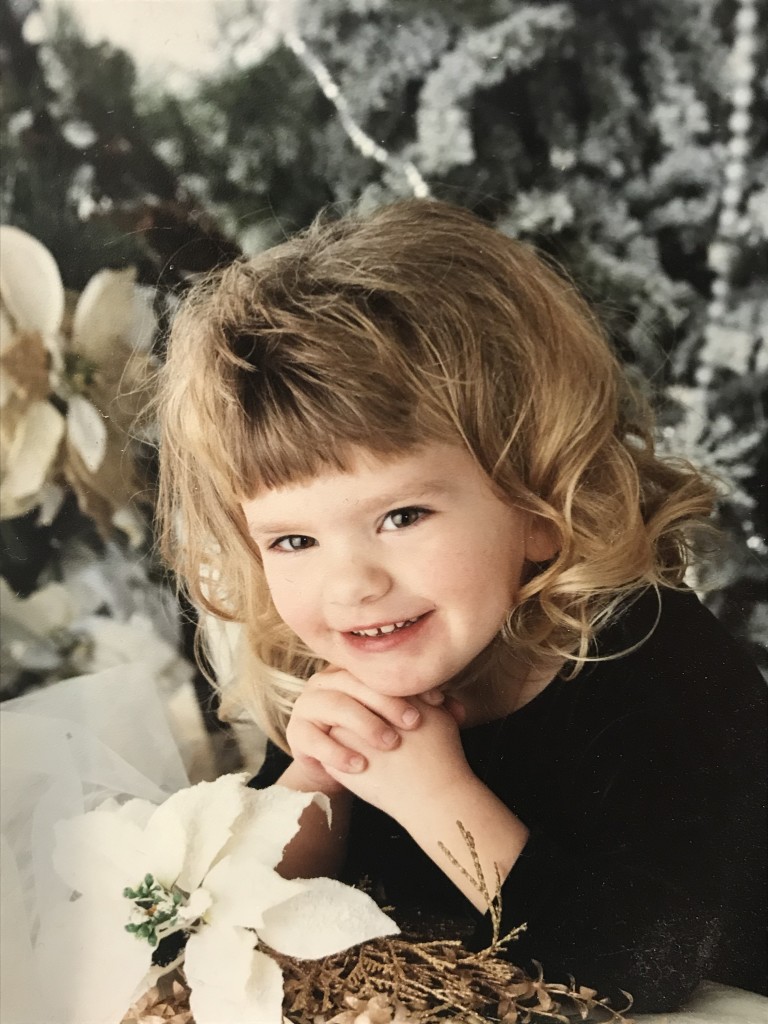
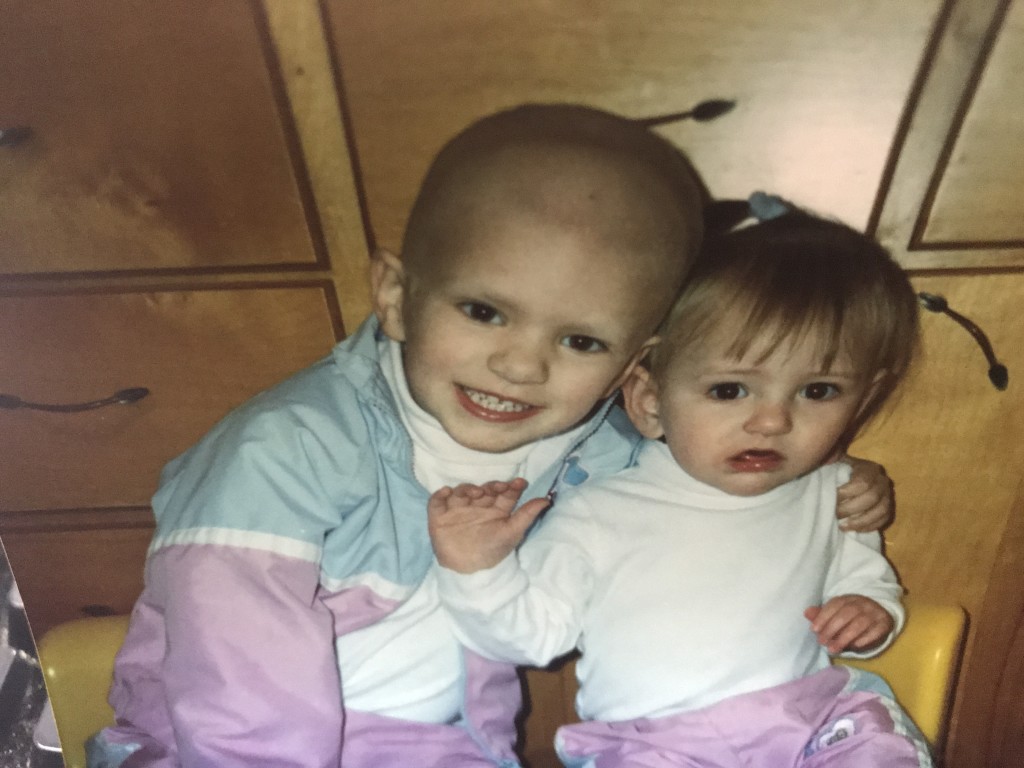




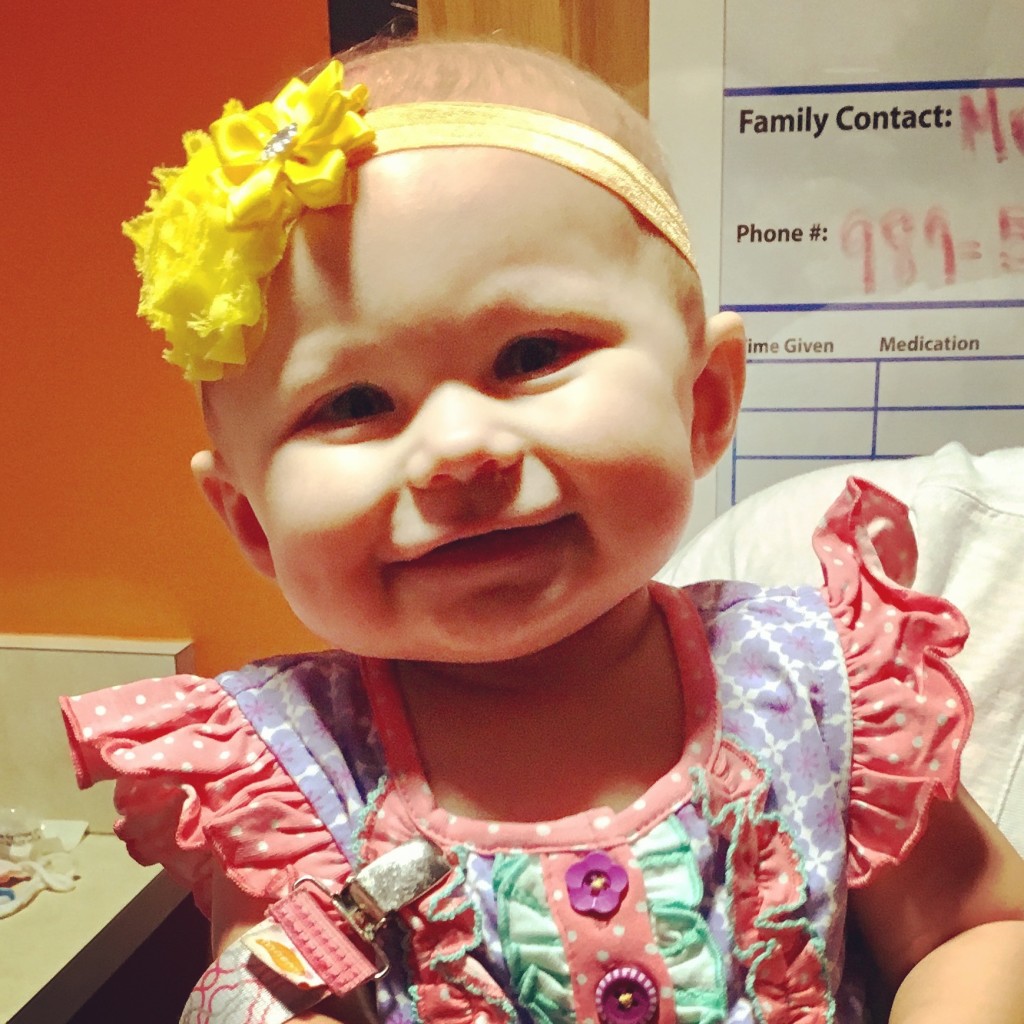
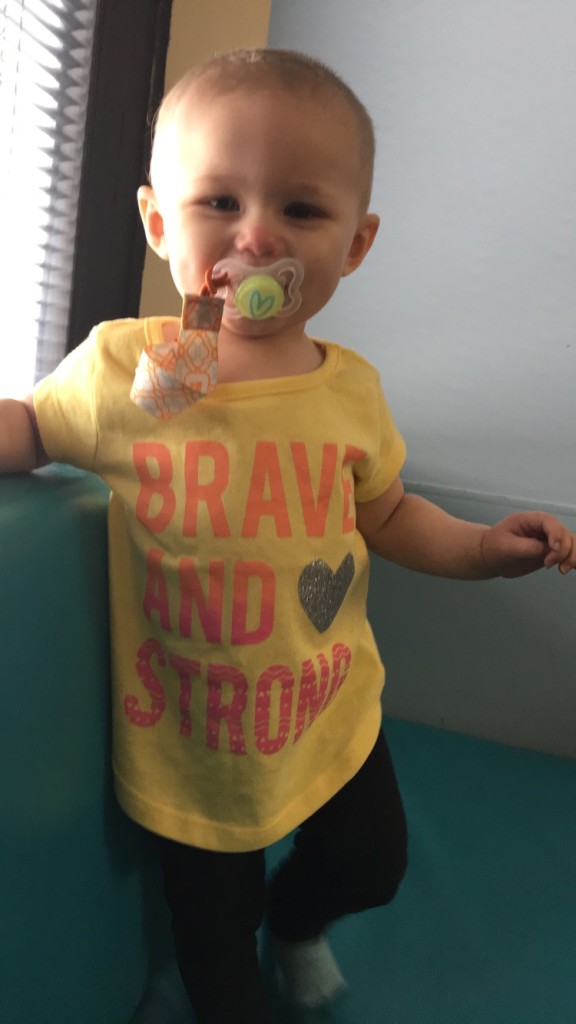
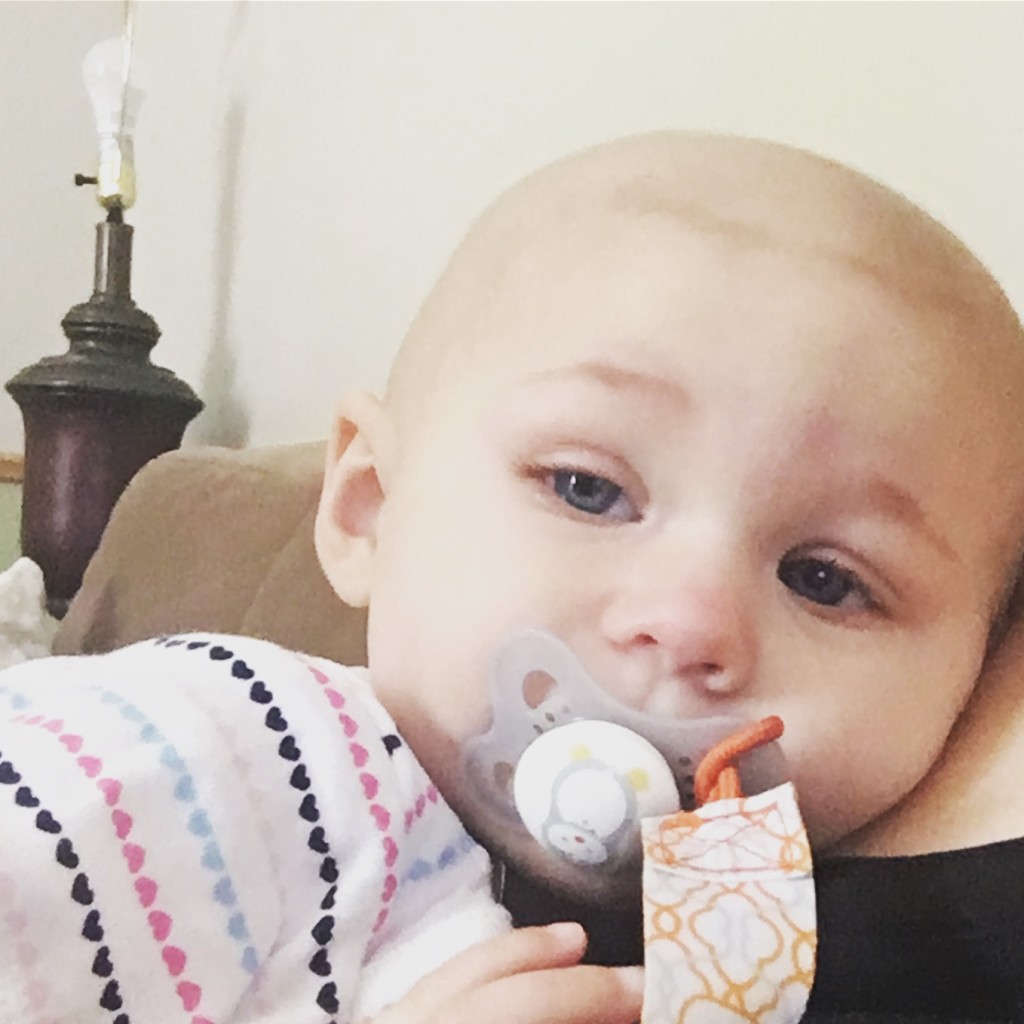
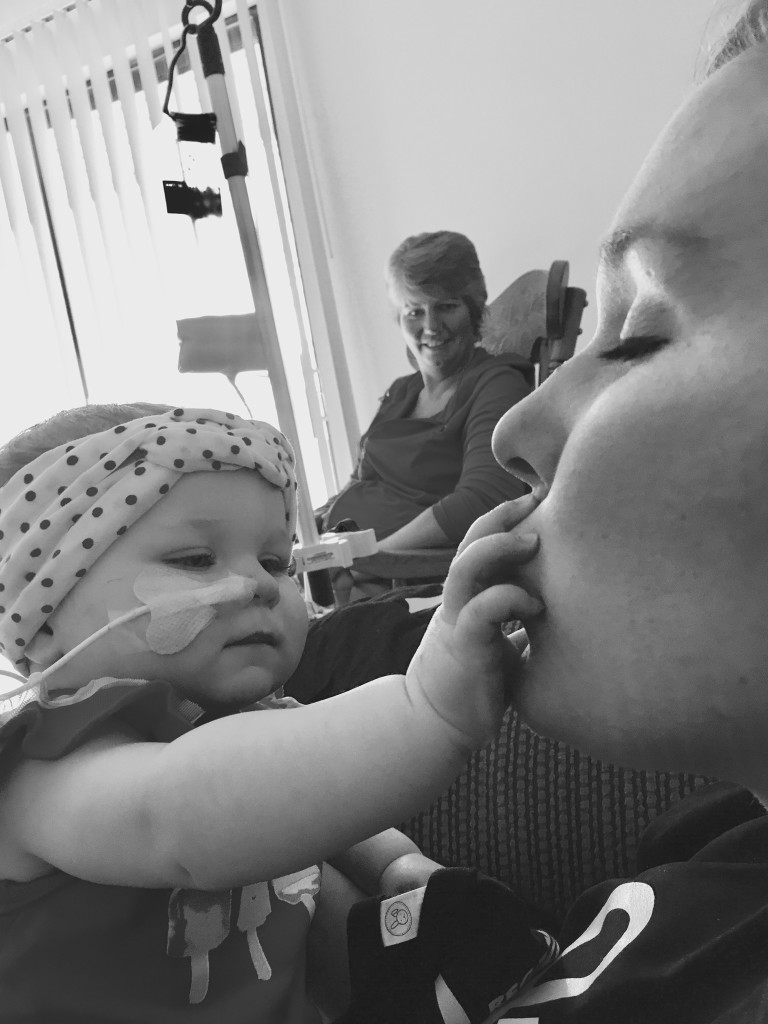
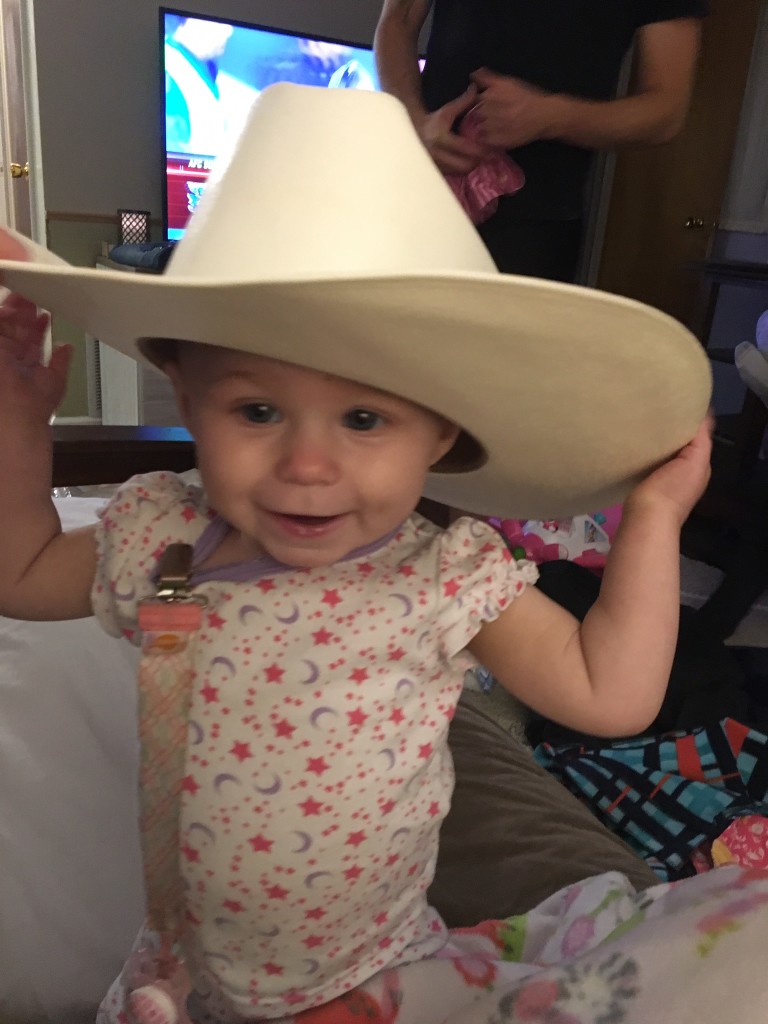
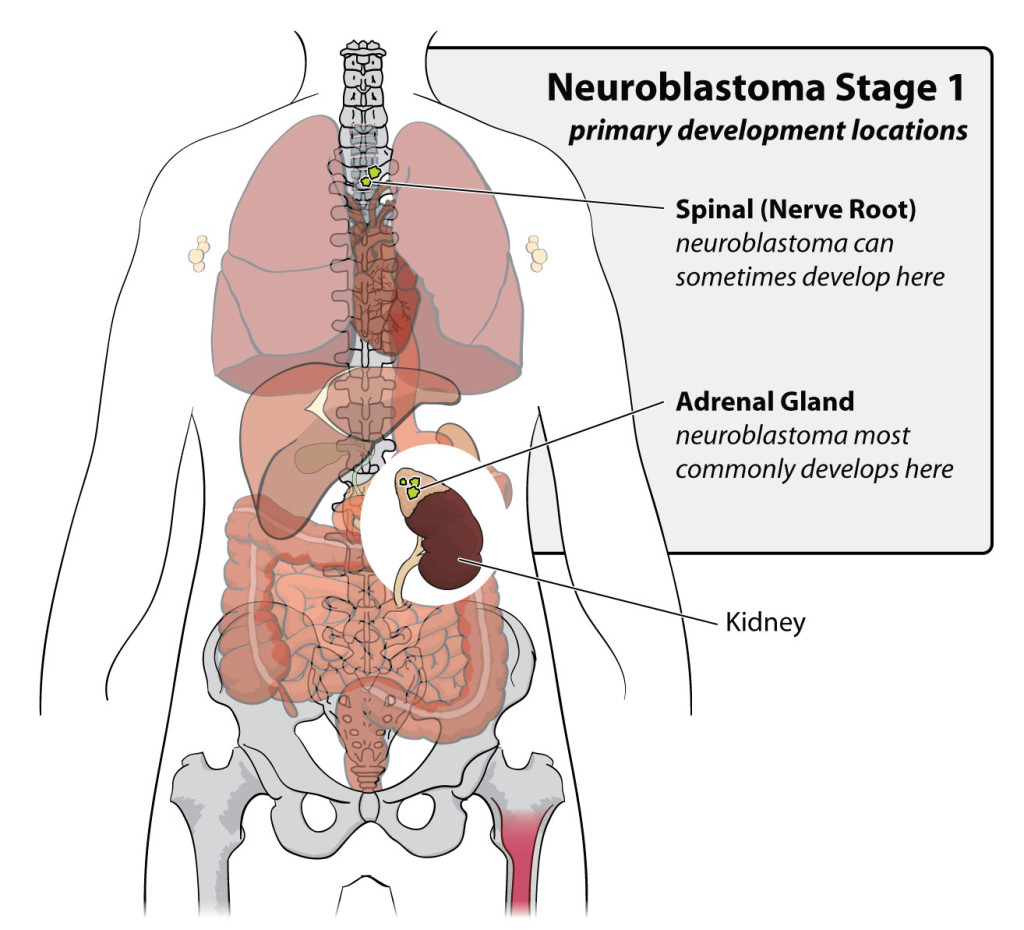 Neuroblastoma is caused by the abnormal development of immature nerve cells known as neuroblasts. As a fetus develops, most neuroblasts grow and eventually become mature nerve cells either before birth or in the first few months after birth. However, in some cases, neuroblasts do not develop correctly. Instead of becoming mature nerve cells, they continue to grow and divide. In some cases, these abnormal neuroblasts simply die off; however, in some rare cases, they develop into tumors or neuroblastoma.
Neuroblastoma is caused by the abnormal development of immature nerve cells known as neuroblasts. As a fetus develops, most neuroblasts grow and eventually become mature nerve cells either before birth or in the first few months after birth. However, in some cases, neuroblasts do not develop correctly. Instead of becoming mature nerve cells, they continue to grow and divide. In some cases, these abnormal neuroblasts simply die off; however, in some rare cases, they develop into tumors or neuroblastoma.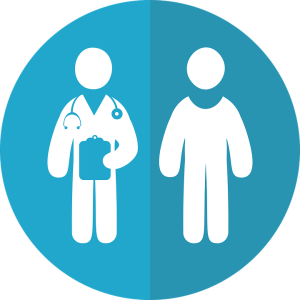 Clinical trials are a part of long-term research studies designed to develop and test potential new treatment options for cancer and other illnesses. When a team of physicians and/or scientists believes they have developed a potentially effective new treatment, they will first study the treatment in the lab, and then potentially test it on animals. If the new treatment shows promise, it may be tested in people through a multi-phase clinical trial. This is an important step in determining whether a new treatment gets government approval and can be incorporated into existing treatment protocols. Clinical trials are a critical part of the on-going fight to develop new and better treatment options for cancers, especially childhood cancers.
Clinical trials are a part of long-term research studies designed to develop and test potential new treatment options for cancer and other illnesses. When a team of physicians and/or scientists believes they have developed a potentially effective new treatment, they will first study the treatment in the lab, and then potentially test it on animals. If the new treatment shows promise, it may be tested in people through a multi-phase clinical trial. This is an important step in determining whether a new treatment gets government approval and can be incorporated into existing treatment protocols. Clinical trials are a critical part of the on-going fight to develop new and better treatment options for cancers, especially childhood cancers.